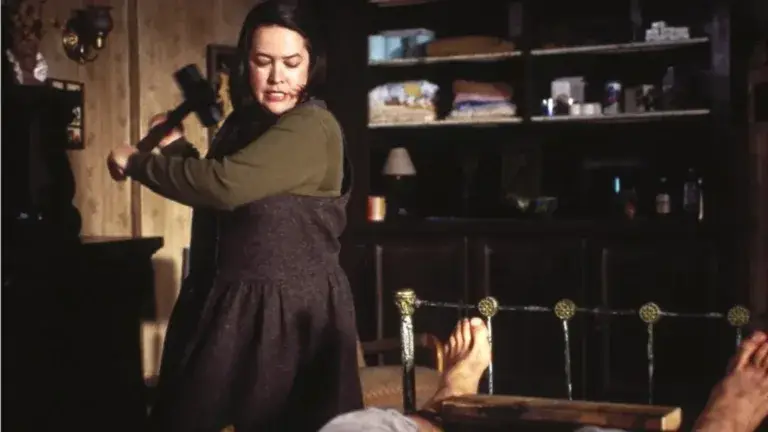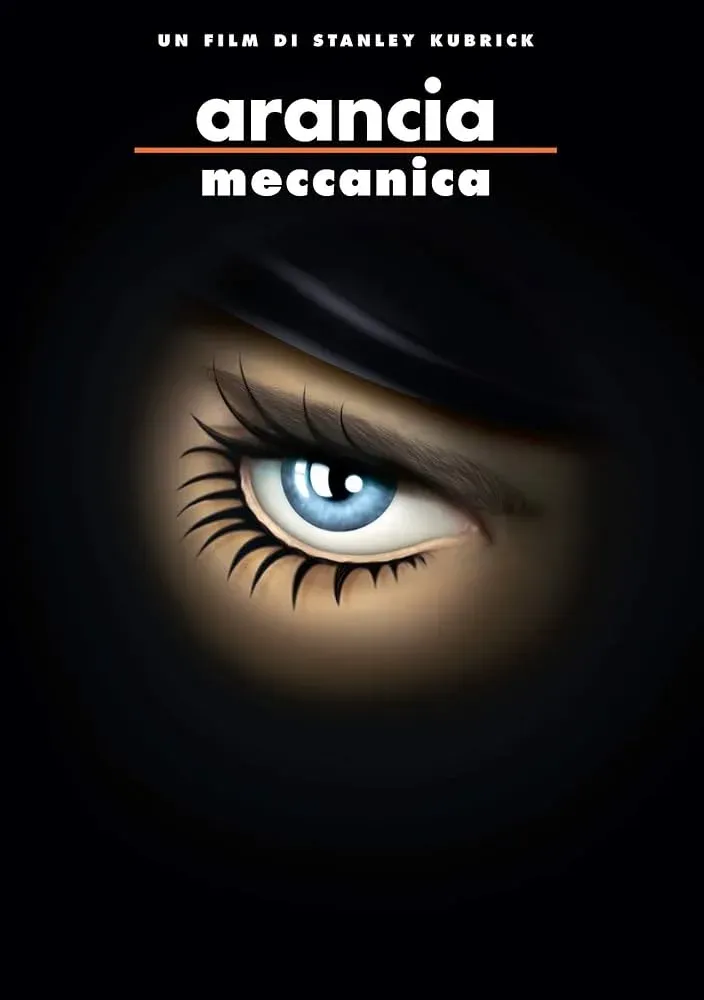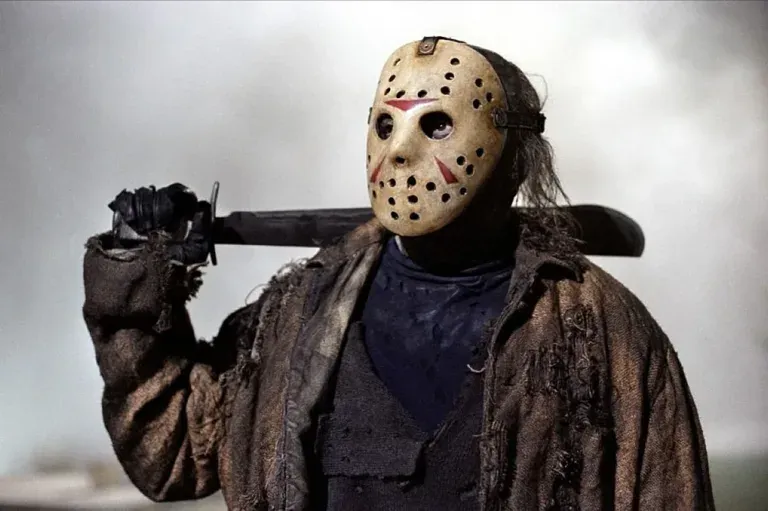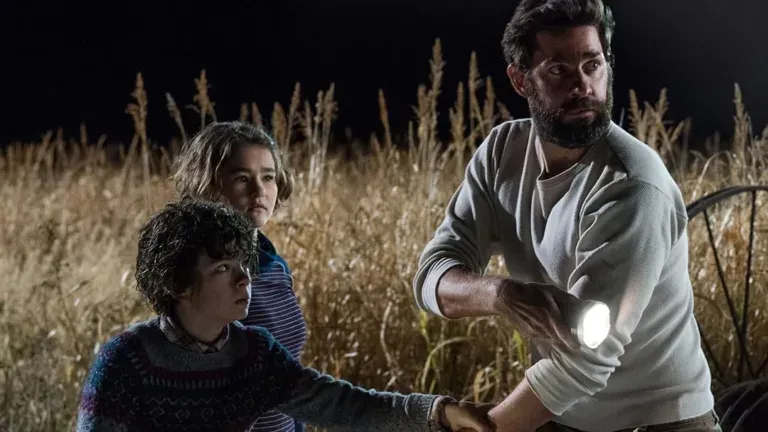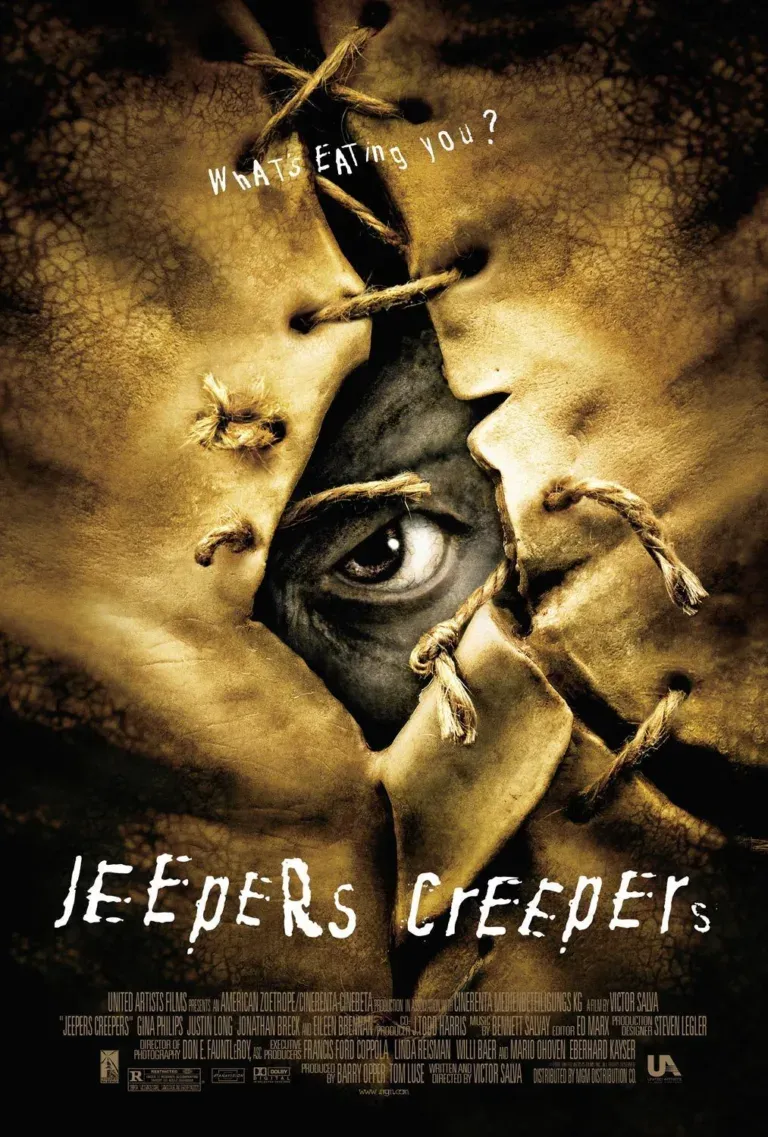Baba Yaga – Nightmare in the Dark Forest
Baba Yaga – Nightmare in the Dark Forest
Original Title: Баба Яга. Кошмар в лесу
Director: Svyatoslav Podgayevskiy
Year: 2020
Screenplay: Svyatoslav Podgayevskiy
Soundtrack: Igor Kresta
Cast: Svetlana Ustinova, Igor Khripunov, Victoria Agalakova, Ksenia Mishina
Introduction:
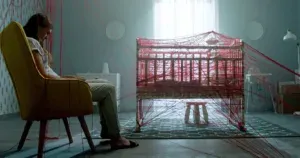 “Baba Yaga – Nightmare in the Forest” (2020), directed by Svyatoslav Podgayevskiy, is a Russian horror film that revisits the Slavic witch myth of Baba Yaga, bringing Russian folklore into a modern and unsettling narrative. This film stands out for its ability to combine traditional folklore elements with contemporary horror cinema, creating a story that is both terrifying and deeply rooted in Russian culture.
“Baba Yaga – Nightmare in the Forest” (2020), directed by Svyatoslav Podgayevskiy, is a Russian horror film that revisits the Slavic witch myth of Baba Yaga, bringing Russian folklore into a modern and unsettling narrative. This film stands out for its ability to combine traditional folklore elements with contemporary horror cinema, creating a story that is both terrifying and deeply rooted in Russian culture.
Plot:
The plot of “Baba Yaga – Nightmare in the Forest” follows a young couple, Alina (played by Svetlana Ustinova) and her partner, as they attempt to rebuild their lives after a series of traumatic events. They decide to move into a secluded house in the forest, a place they hope will provide the tranquility they need. However, their quest for peace quickly turns into a nightmare when they discover that the house and the surrounding forest are haunted by a malevolent presence.
The forest, shrouded in thick fog and characterized by twisted, grotesque trees, becomes the stage for supernatural events that test the protagonists’ mental sanity. Soon, Alina and her partner realize they are being tormented by the legendary Baba Yaga, a fearsome figure from Slavic folklore said to dwell in dark forests and eat children.
Hallucinations, unsettling noises, and distorted visions make their existence increasingly unbearable. Over time, the boundaries between reality and illusion begin to blur, forcing the protagonists to confront their deepest fears and the looming threat in the forest.
Direction and Style:
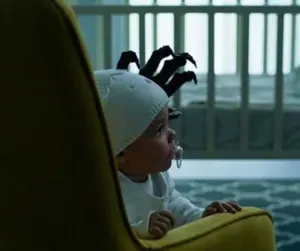 Svyatoslav Podgayevskiy, with “Baba Yaga – Nightmare in the Forest,” demonstrates a remarkable ability to create an atmosphere of growing terror and paranoia. His direction is notable for the skilled use of cinematography and lighting to build a sense of unease and claustrophobia. The tight shots and slow camera movements help intensify the tension, while the forest setting, with its sinister trees and oppressive fog, adds an extra layer of horror.
Svyatoslav Podgayevskiy, with “Baba Yaga – Nightmare in the Forest,” demonstrates a remarkable ability to create an atmosphere of growing terror and paranoia. His direction is notable for the skilled use of cinematography and lighting to build a sense of unease and claustrophobia. The tight shots and slow camera movements help intensify the tension, while the forest setting, with its sinister trees and oppressive fog, adds an extra layer of horror.
Igor Kresta’s soundtrack is equally crucial in establishing the film’s atmosphere. The music, blending traditional Russian elements with unsettling and dissonant sounds, enhances the horror effect and underscores moments of heightened suspense. The use of ambient sounds, such as whispers and noises from the forest, helps keep the viewer constantly on edge.
Performances:
 Svetlana Ustinova, in the role of Alina, delivers an intense and compelling performance. Her portrayal of a woman struggling to maintain her sanity in the face of an invisible threat is both convincing and moving. Ustinova effectively conveys the character’s evolution from a rational and determined individual to someone overwhelmed by fear and despair.
Svetlana Ustinova, in the role of Alina, delivers an intense and compelling performance. Her portrayal of a woman struggling to maintain her sanity in the face of an invisible threat is both convincing and moving. Ustinova effectively conveys the character’s evolution from a rational and determined individual to someone overwhelmed by fear and despair.
The supporting cast, including Igor Khripunov and Victoria Agalakova, contributes to creating a rich and complex narrative. Their performances enrich the plot, adding layers of tension and drama to the story. Their interactions with Alina and the dynamics between the main characters are essential in building the film’s claustrophobic and oppressive atmosphere.
Themes and Meaning:
“Baba Yaga – Nightmare in the Forest” explores several central themes, including the fear of the unknown and the fragility of the human mind in the face of supernatural terror. The film uses the figure of Baba Yaga not only as an antagonist but also as a symbol of fears and superstitions rooted in Slavic culture. The witch represents the darkness that can be found beyond the boundaries of our understanding and control.
Additionally, the film addresses solitude and isolation, depicting the house in the forest as a place of separation from society and normalcy. This isolation amplifies the protagonists’ fear and paranoia, making their experience even more harrowing.
Reception and Impact:
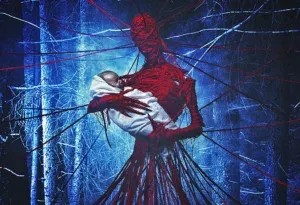 “Baba Yaga – Nightmare in the Forest” has received mixed reviews from critics. Some praised the film’s ability to create a strong atmosphere of terror and its originality in revisiting Slavic folklore. However, some critics found that the film occasionally fell into horror genre clichés, with a plot that could be predictable.
“Baba Yaga – Nightmare in the Forest” has received mixed reviews from critics. Some praised the film’s ability to create a strong atmosphere of terror and its originality in revisiting Slavic folklore. However, some critics found that the film occasionally fell into horror genre clichés, with a plot that could be predictable.
Despite the criticisms, the film has had a significant impact on the horror genre, bringing a new perspective on Slavic folklore and helping to renew interest in horror stories based on local myths and legends. The depiction of Baba Yaga as a real and palpable threat has garnered attention and sparked discussions about the themes addressed.
Conclusion:
“Baba Yaga – Nightmare in the Forest” is a film that stands out for its ability to combine traditional folklore elements with modern horror cinema. Svyatoslav Podgayevskiy has created a work that not only frightens but also explores deep and universal themes such as fear and isolation. The performances of the leads and the oppressive atmosphere of the film make it a memorable and engaging viewing experience. Despite some flaws, the film represents an important addition to the horror genre and an interesting contribution to Russian cinema.



